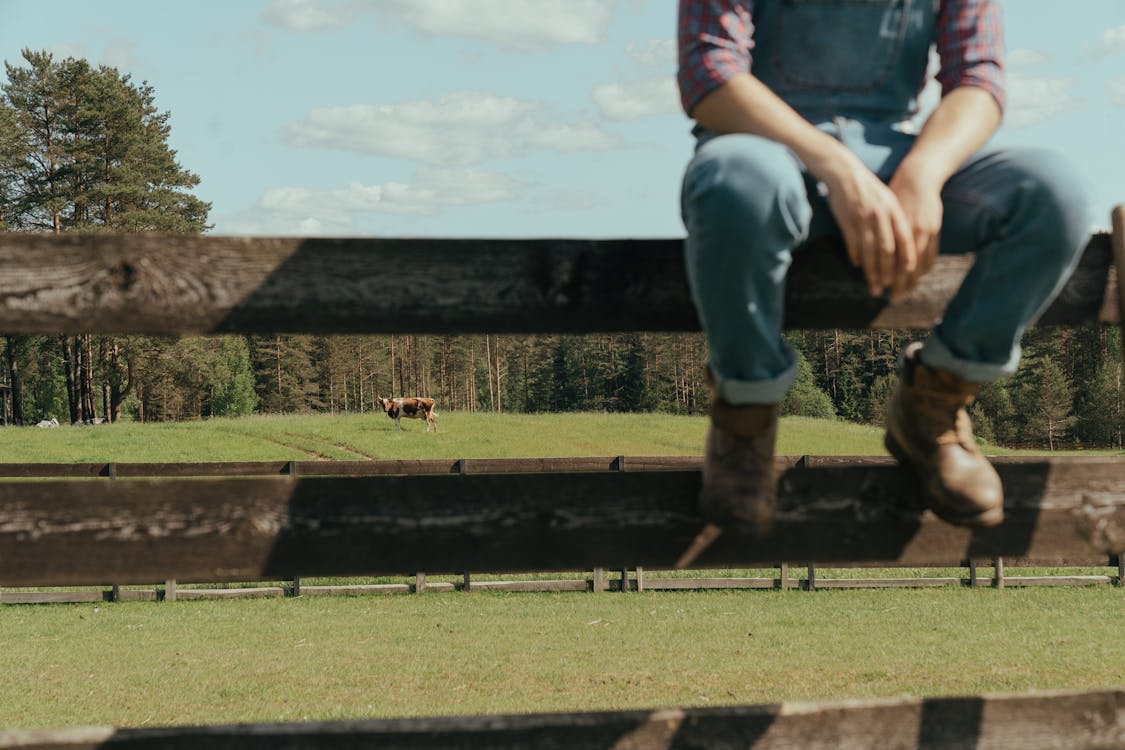For most dairy or beef farmers, buying the right cattle is a vital step in building a successful and sustainable operation.
Indeed, cattle represent a significant long-term commitment, both in financial terms and when it comes to caring for, feeding, and managing the health of the animals.
As a result, each decision you make during the buying process can affect the productivity, profitability, and general well-being of your herd.
Therefore, regardless of whether you want to establish a high-yield dairy farm or a create profitable beef operation, there are several things you will need to consider before eventually committing to a purchase.
This guide will highlight some of the factors that require the most thought.
1. What are your Goals?
Before buying any cattle, the first thing you will have to determine is what the goals for your operation are.
For example, are you raising cattle for diary, beef, to support the regeneration of pasture, stock sales or simply for show?
Different breeds of cattle will have unique requirements for the way they need to be managed and cared for, as they will all have varying characteristics and temperaments.
This is because some breeds are better than others for specific purposes like milk or meat production or how they graze on the land. (You might even need to buy bigger land for them).
Therefore, once you know exactly what your operation is trying to achieve, you will have a firmer understanding of what you need your cattle to do for it.
2. Research the Best Cattle Breed for Your Needs
Once you know what functions you want your cattle to perform, you can set about determining which is the most appropriate breed for your needs.
Again, there are several things you will need to take into account when doing this, for example, can the breed meet your production goals, how much is the cost per cow, and what are the best breeds for your climate?
There are several breeds of cattle you can choose from, including Holstein, Angus, Hereford and Jersey. Some breeds are more appropriate for beef production as opposed to milk production (or vice versa), while others, like Shorthorn and Simmental, are just as good for both.
If in doubt, seek advice from breeders or the National Farmers Federation about the best breed for your particular needs.
3. Know What Makes a Good Cow
In addition to knowing which breed of cow would be best suited for your operation. It is also important to understand what makes a good cow.
If you don’t have a good handle on this, you could end up making a poor choice when buying an animal. So, take the steps to educate yourself on what signs to look for when assessing any kine.
As a general rule of thumb, all cows should have shiny and smooth coats and bright eyes that do not have discharge at the corners. (The latter could be a sign of pinkeye).
Their ears should also remain upright, and their breathing should be regular and smooth. At the same time, their nose must be clean and free from discharge, and their mouth should not be dripping or drooling saliva.
Perhaps, most importantly, they should have a calm temperament and be able to squarely stand on all four of their feet.
4. Know Where to Buy Cattle
Having taken the time to understand what type of cattle your operation needs and how to determine what makes a good cow, the next stage is to ascertain where you can purchase the animal from.
Some people choose to purchase directly from a breeder, especially if they are looking for a particular type of cow, while others prefer to head to any of the 210 sale yards that run in Australia on a weekly, monthly or periodic basis.
Alternatively, if you want to widen your search beyond where you live, you can even take part in online cattle auctions from AuctionsPlus, which can open you up to a much wider market than you would otherwise be able to access.
When buying directly from a farmer or breeder, be sure to visit the property. You’ll be able to get a sense of how well the animal has been looked after by the cleanliness of the property and its general appearance and demeanour.
You should also give the animal a thorough inspection at a sale yard before making your bids and ask to see its medical history records in all circumstances.
5. Transport The Cattle You Bought
Once you have bought your cattle, you will have to arrange for the animal to be transported to your property.
In some situations, a breeder or farmer might deliver the animal to you as part of the deal. However, most times, and especially at sale yards and auctions, you will need to arrange to pick the cow up and take it back to your operation once you have finalised the purchase.
Doing this will involve an additional cost, which is something you will need to budget for. It can also involve a significant effort on your part, as you’ll want to ensure the animal is moved in as least stressful way as possible for them.




























